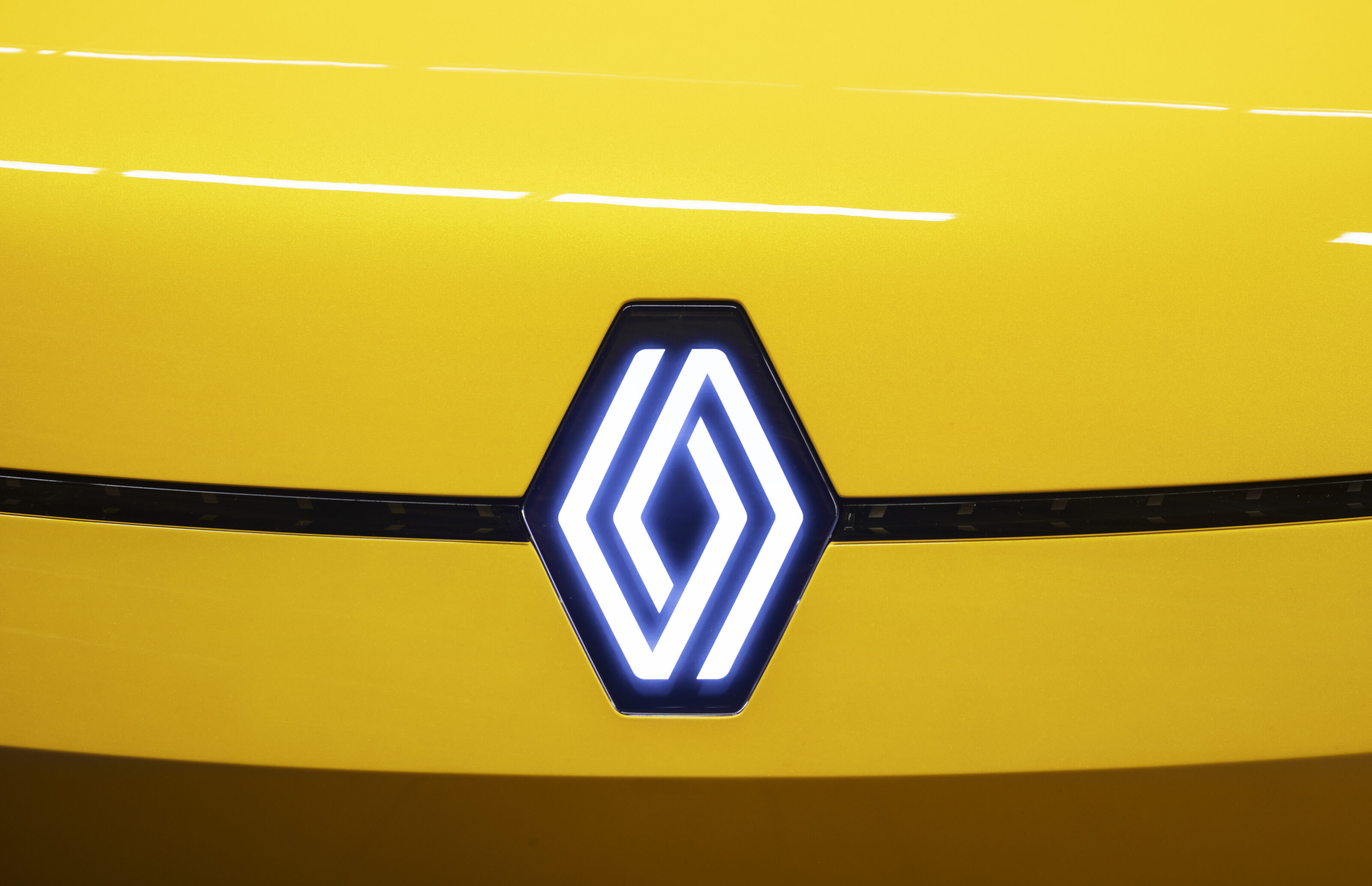
Snapshot
- Renault aiming for 65 per cent of range to be electrified by 2025
- 90 per cent of Renault vehicles to be EV before 2030
- New CMF-BEV platform will make production 33 per cent less than the Zoe
The Renault Group has outlined its plans for a sustainable future – including setting electrified vehicle targets over the next decade as well and revealing a new platform which will make producing EVs a third cheaper than it has in the past.
A key aspect from the announcement is Renault’s new Common Module Family B-segment EV (CMF-BEV) platform which will underpin its smaller A and B segment EVs, such as the Twingo and Zoe.
Cost of production for the new platform will be 33 per cent less than the current-generation Zoe, achieved through the interchangeability of the battery module and a 100kW powertrain which itself costs less than existing electric motors, providing a range of up to 400km in WLTP.
A majority of parts from the non-EV CMF-B platform which underpins the Clio, Captur and Nissan Juke will carry over, lowering costs and reaching a potential three-million combined vehicles produced by 2025.
What this will mean for the final market price of Renault’s new electric models is hard to predict, but it should help to bring offerings like the tiny Zoe – a $51,990 prospect when it was offered in Australia – closer to other compact models like the $30,100 Toyota Yaris.

In line with the European push to achieve zero emissions by 2030, the first stage in Renault’s plan is to have at least 65 per cent of its vehicle line-up available either as an electrified internal combustion engine or electric-only by 2025, a lofty ambition to reach in just under four years.
The ultimate goal of carbon neutrality by 2050 will be aided by Renault’s second stage plan to have up to 90 per cent EVs in the brand’s range of vehicles by 2030, with ten EV models totalling a production number of one million by that time.
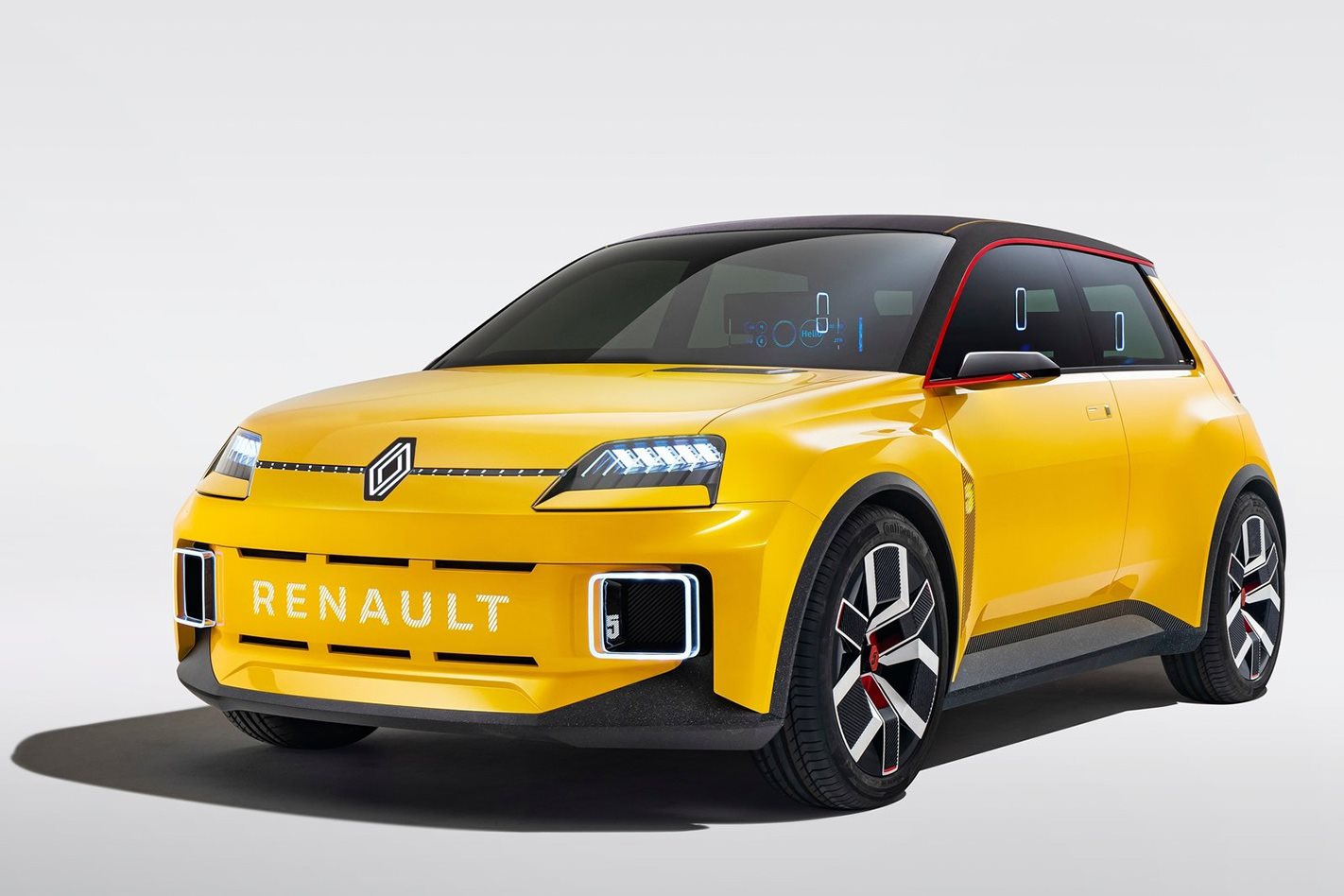
Renault has already launched the pre-production Mégane E-Tech Electric, an EV crossover utilising the Mégane moniker and based upon the Renault-Nissan Common Module Family (CMF-EV) platform, using a 60kWh lithium-ion battery pack and 160kW motor.
To be sold alongside the A-segment Twingo, B-segment Zoe and the C-segment Mégane EVs, Renault will also introduce a reinvented Renault 5, the rear-wheel-drive turbo icon of the 80s getting a modern update with an EV powertrain, set to be built in Northern France.
Originally teased earlier this year, the new Renault 5 is a part of the group’s strategy to focus on its future performance vehicles going electric, recently announcing the Renault Sport division would be renamed Alpine with the aim of introducing an all-electric line-up of cars.
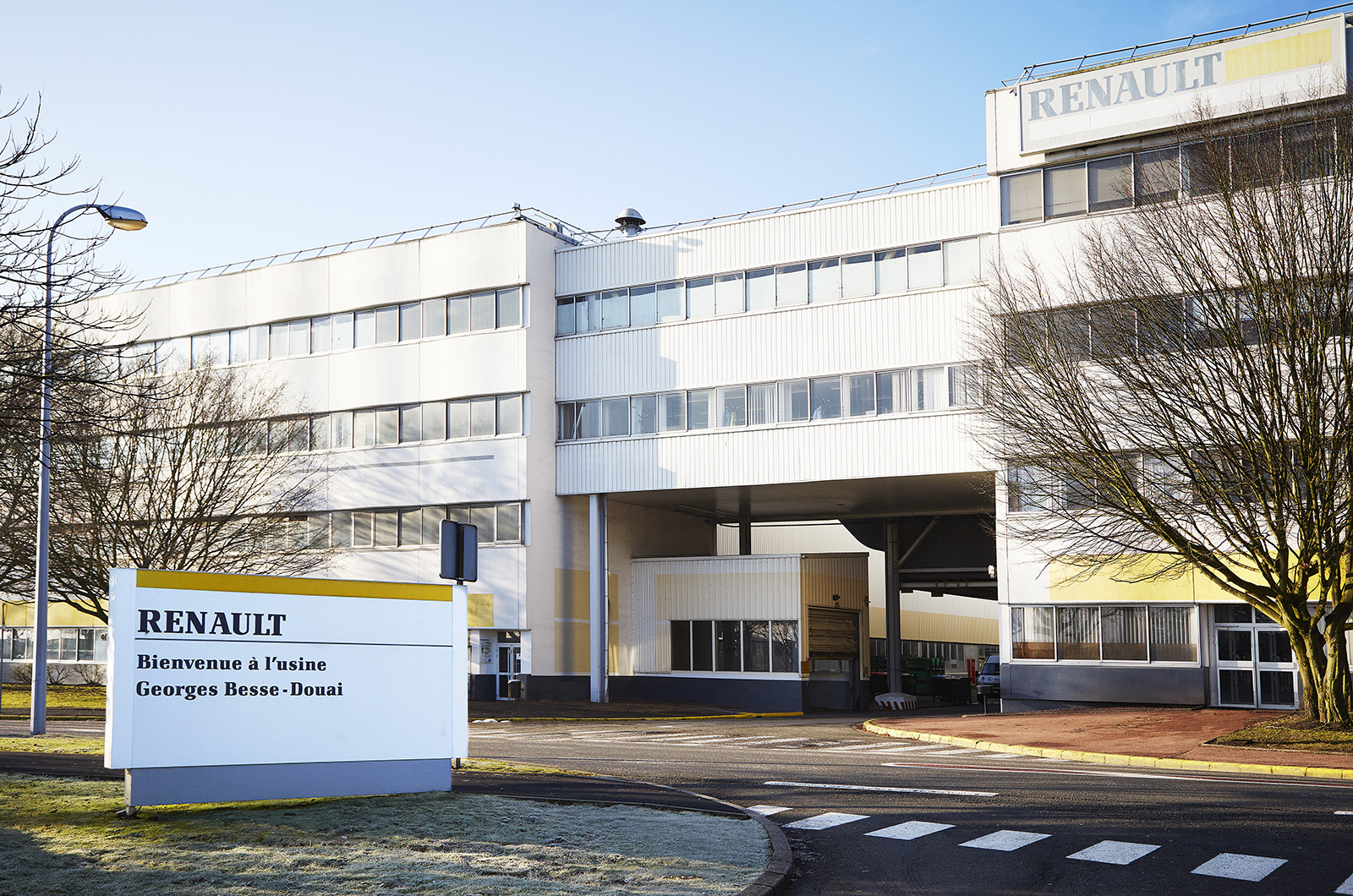
Two separate partnerships have also been announced for battery development, the first with Envision AESC which will see it and Renault develop a gigafactory in Douai which will supply batteries to its range of vehicles, with an initial capacity of 9 GWh in 2024 and a targeted 24 GWh capacity by 2030.
The second partnership has come as a part of Renault taking a 20 per cent stake in Verkor to develop high-performance vehicle batteries for its C-segment and Alpine models, targeting an initial gigafactory capacity of 10 GWh and 20 GWh by 2030, both partnerships aimed at reducing pack costs by up to 60 per cent.
In its hopes to again become the world’s biggest EV producer, Renault is also investing in its electric motors, aiming at a 30 per cent reduction in costs over the next decade through investments in further developing its revolutionary permanent magnet-less e-motor, teaming up with start-up Whylot to also develop an axial flux e-motor for its hybrid vehicles by 2025.
We recommend
-
 News
NewsRenault unveils pre-production Mégane E-Tech Electric
Crossover SUV offers a claimed 450km of driving range
-
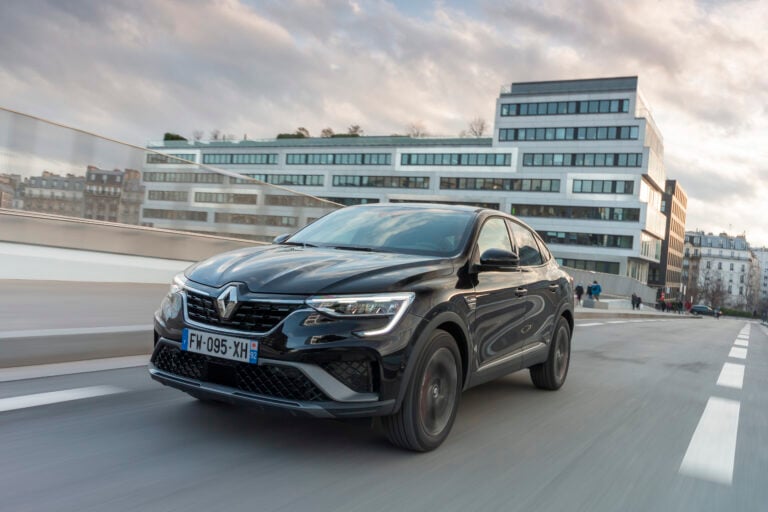 News
NewsWhat's coming in the 'Renaulution'?
By the end of 2021 Renault will have added six electrified vehicles to its bow as part of a bid to be the greenest car manufacturer on the market by 2030
-
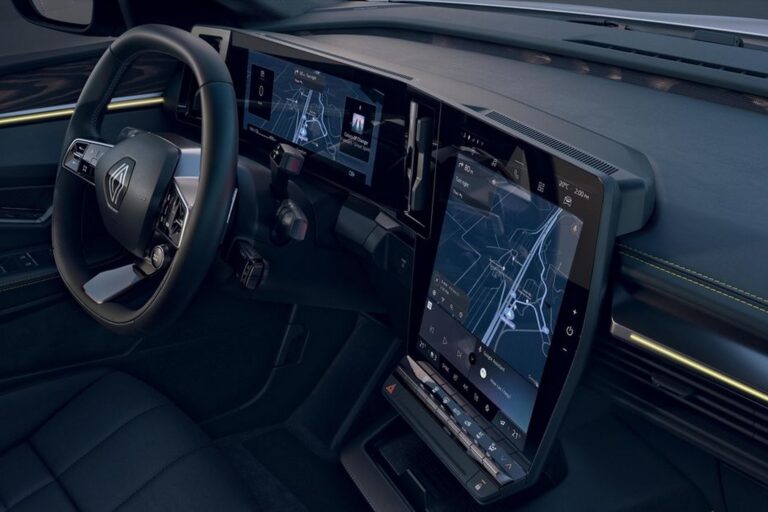 News
NewsFirst look inside the new all-electric Renault Megane
French automaker reveals glimpses inside the cabin of its first fully electric SUV, and a cheeky shot of its rear-end too
-
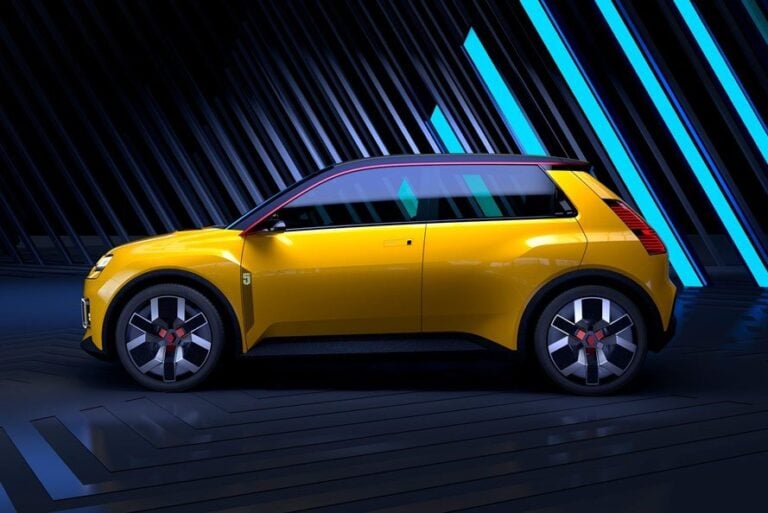 News
NewsRenault reveals 5 EV prototype
Powered by electricity and nostalgia, the Renault 5 electric hatch is due 2023




